
How to Dispose of Artificial Turf in California?
While artificial turf is popular for its low maintenance and water conservation benefits, it poses environmental challenges due to its synthetic composition. Made from materials like polyethylene, polypropylene, and nylon, artificial turf does not biodegrade, potentially impacting landfills and ecosystems negatively. Considering its environmental footprint, here’s a responsible guide to disposing of artificial turf in California.
1. Understand the Composition
Artificial turf consists of a complex combination of materials that make its disposal challenging. The primary components, such as polyethylene, polypropylene, and nylon, are non-biodegradable, exacerbating environmental concerns. These materials not only resist decomposition but can also leach harmful chemicals into the soil over time, further polluting surrounding ecosystems. By comprehending the intricate composition of artificial turf, individuals can better appreciate the importance of adopting environmentally responsible disposal methods.
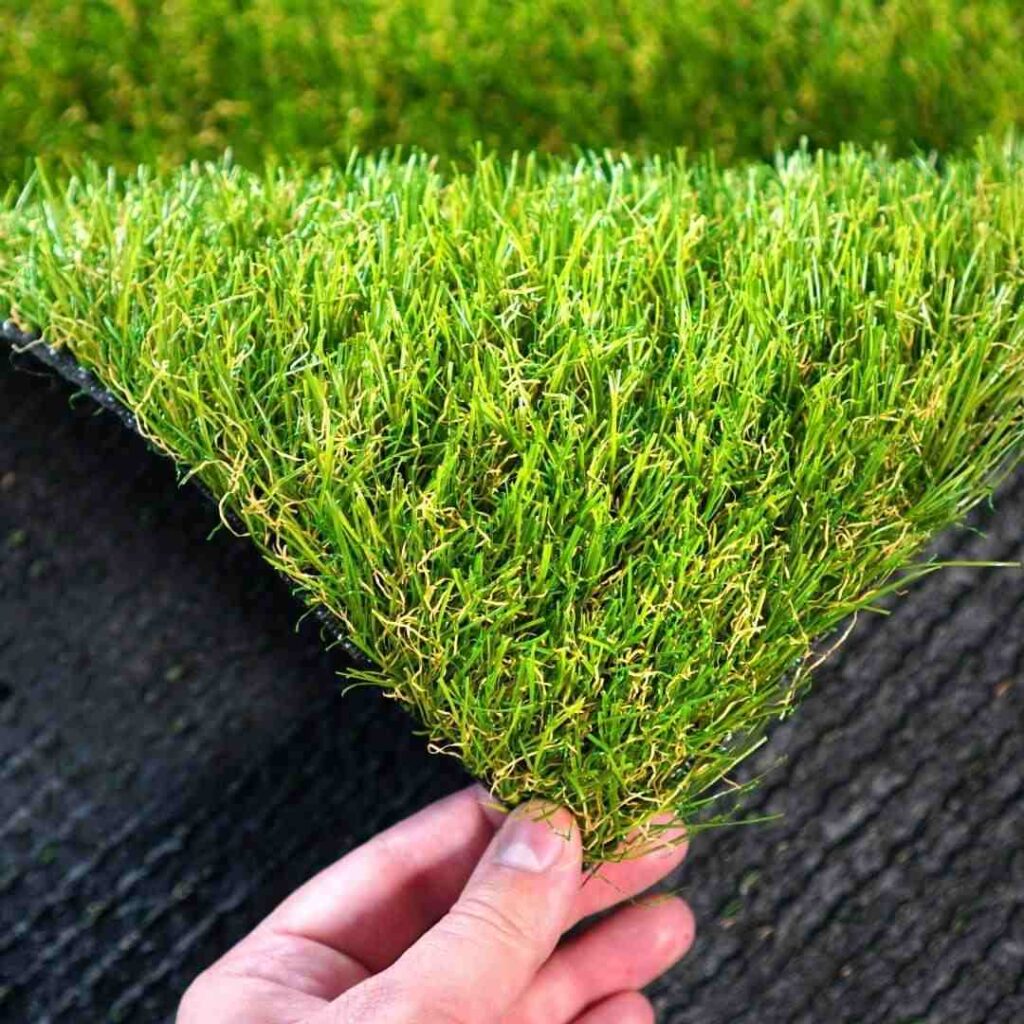
2. Recycling Options
Recycling artificial turf is preferable to disposing of it in landfills. Contact local recycling facilities to see if they accept synthetic turf. If so, they can dismantle and repurpose it, lessening its environmental impact.
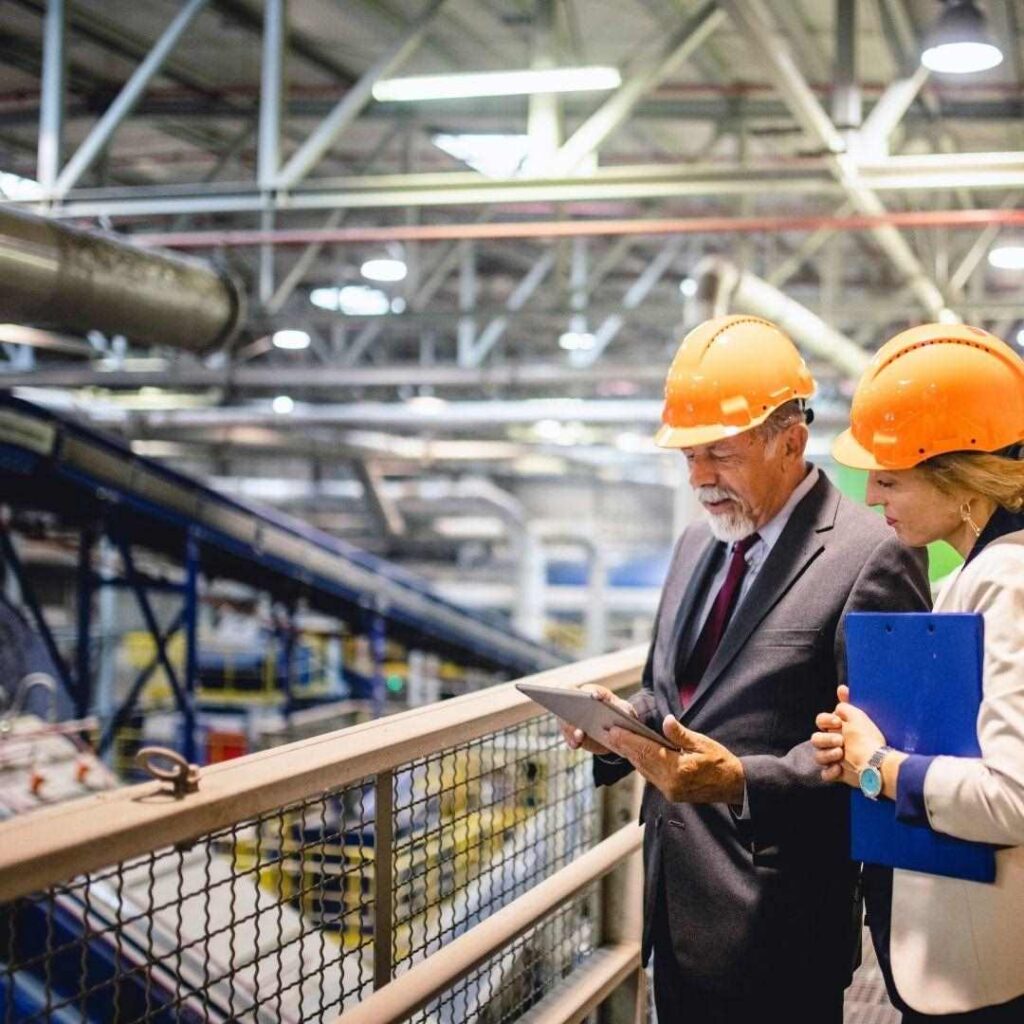
3. Landfill Disposal
If no recycling options are available, landfill disposal may be your only choice. Ensure your local landfill accepts synthetic materials and be aware that artificial turf will not break down, contributing to long-term waste accumulation.
Considering the environmental impact of artificial turf, prioritizing its responsible disposal is crucial for future sustainability. By diverting synthetic turf from landfills and transitioning to natural grass alternatives, we can mitigate the burden of non-biodegradable waste on future generations. This shift towards eco-friendly landscaping choices not only reduces waste accumulation but also fosters healthier ecosystems and landscapes, ensuring a more sustainable future for our planet.
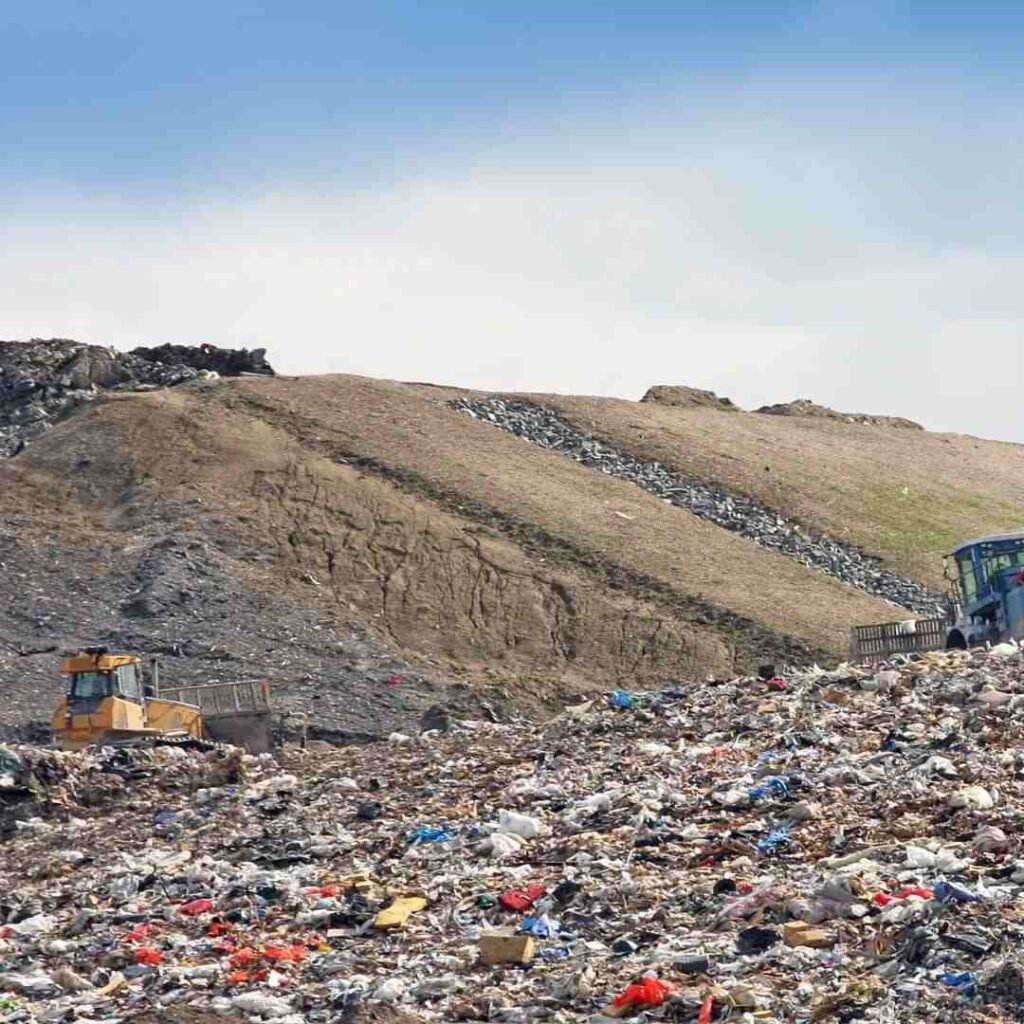
4. Professional Removal Services
Professional Removal Services: Opting for professional removal services ensures that artificial turf is disposed of or recycled correctly, aligning with environmental regulations and promoting responsible waste management practices. By engaging experts in turf removal, individuals can mitigate the risk of improper disposal while setting a precedent for sustainable environmental practices. This proactive approach not only addresses immediate disposal needs but also contributes to the long-term goal of reducing synthetic waste accumulation. Investing in professional removal services underscores a commitment to environmental stewardship and supports the transition towards natural, biodegradable alternatives for landscaping purposes, fostering a greener and more sustainable future.
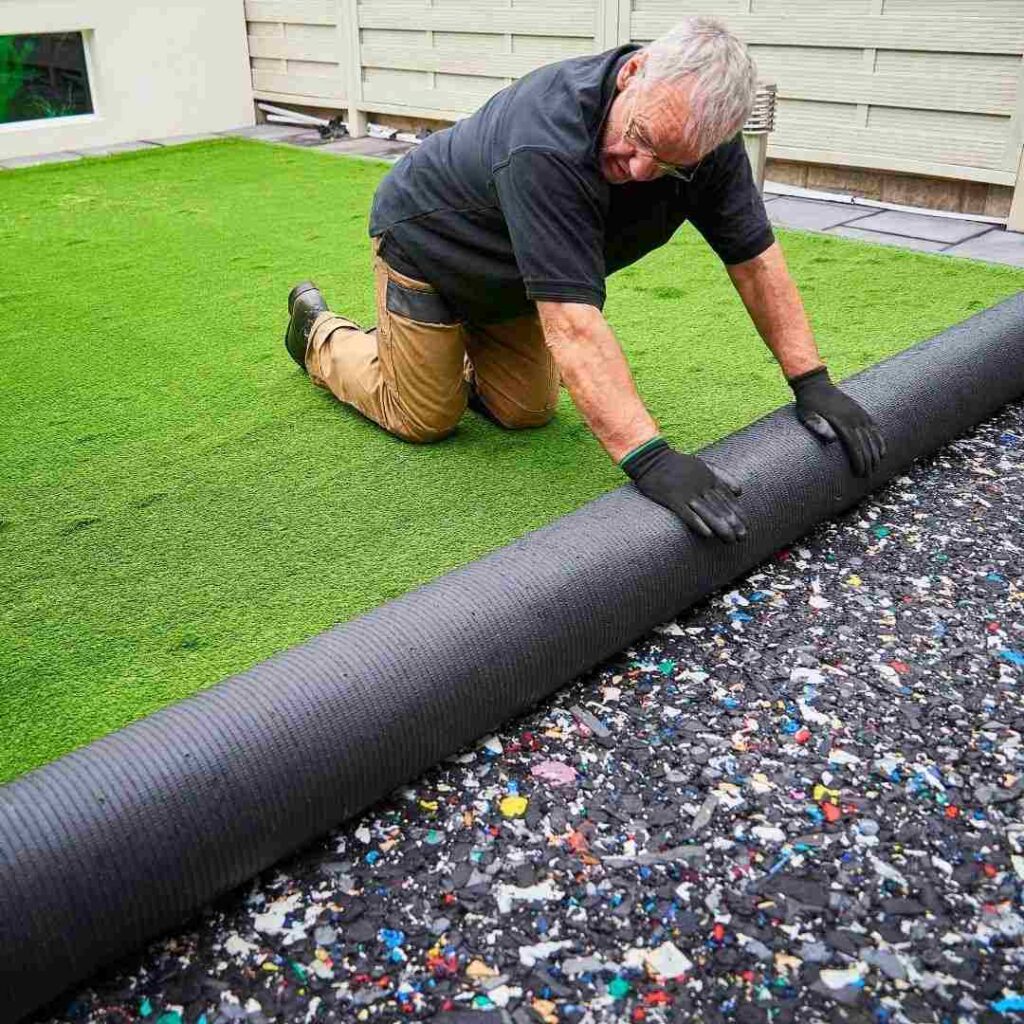
5. Check Local Regulations
Reviewing municipal or regional guidelines concerning synthetic material disposal is essential to ensure compliance with local laws and regulations. Different areas may have specific rules governing the disposal of products like artificial turf, and adhering to these regulations is crucial for responsible waste management. By staying informed about local disposal requirements, individuals can avoid potential penalties or fines while contributing to broader efforts to uphold environmental standards. This proactive approach not only fosters legal compliance but also promotes a culture of environmental responsibility within communities, ultimately advancing the goal of sustainable waste management practices.
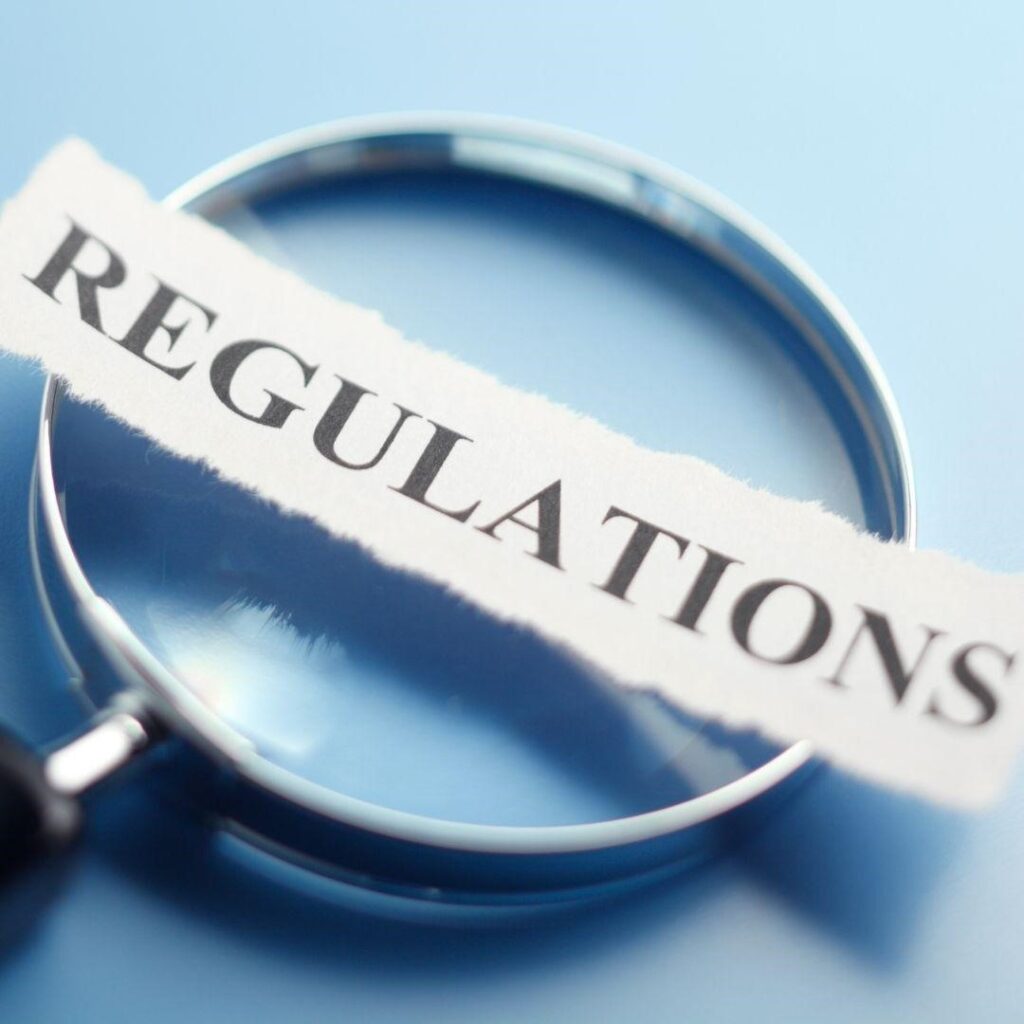
6. Manufacturer Take-Back Programs
Manufacturer Take-Back Programs: Some manufacturers offer take-back programs where they recycle old turf upon replacement, promoting sustainability within the industry. Participating in these programs not only ensures proper disposal of artificial turf but also supports circular economy principles by reusing materials. By partnering with manufacturers committed to environmental stewardship, individuals can contribute to the reduction of synthetic waste and promote the responsible management of end-of-life products. Embracing manufacturer take-back programs aligns with broader efforts to minimize environmental impact and advance sustainable practices in the landscaping industry, ultimately fostering a more eco-conscious approach to turf disposal.
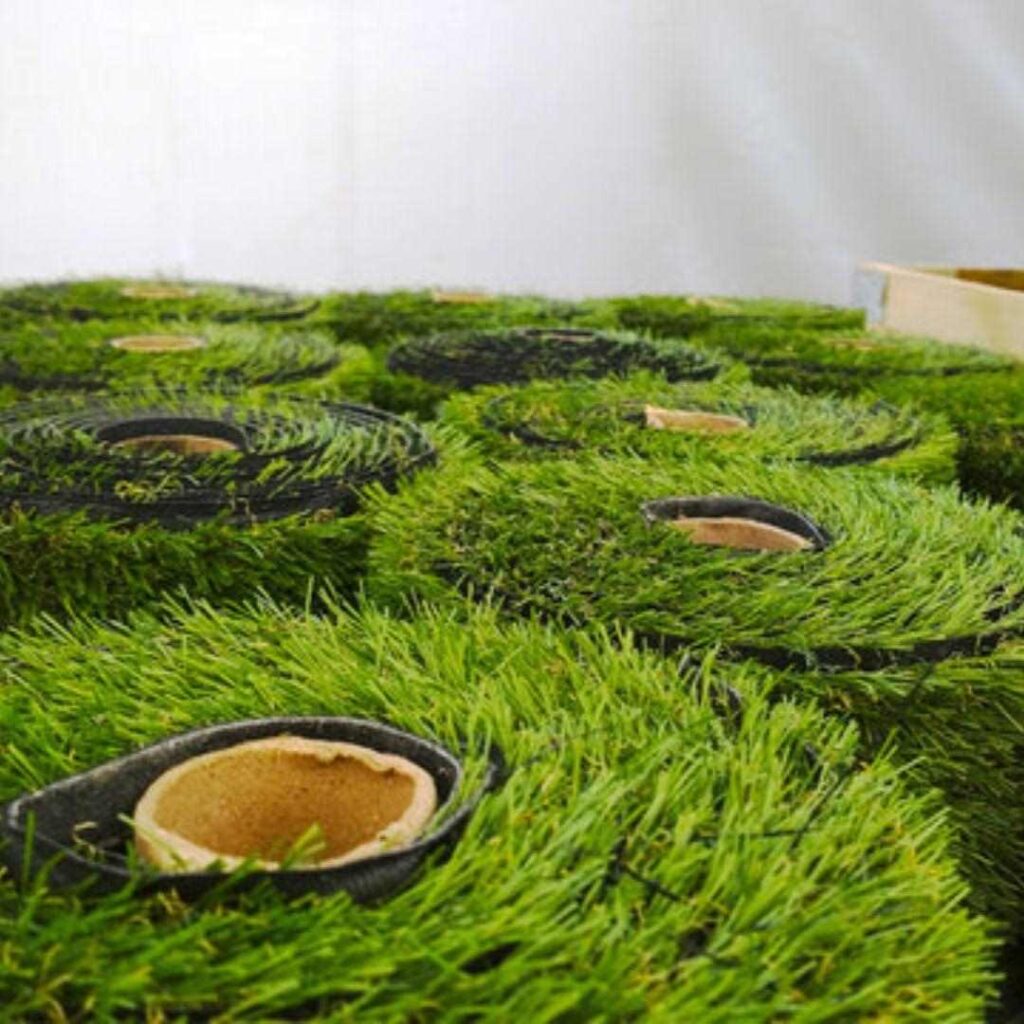
Conclusion
When disposing of artificial turf in California, addressing the environmental impacts and considering transitioning to a more sustainable option like bermudagrass is essential. Exploring all available disposal options—such as recycling, reusing, or utilizing professional disposal services—is critical for reducing the environmental footprint of synthetic materials. As you remove artificial turf, consider replacing it with bermudagrass, which offers ecological benefits such as carbon sequestration and natural cooling, helping restore the natural balance in California’s diverse ecosystems.